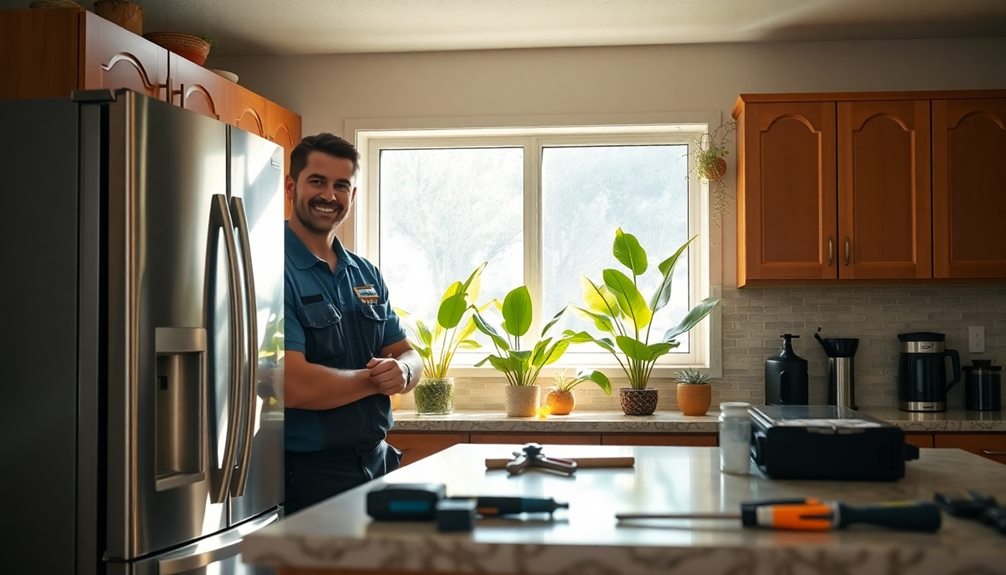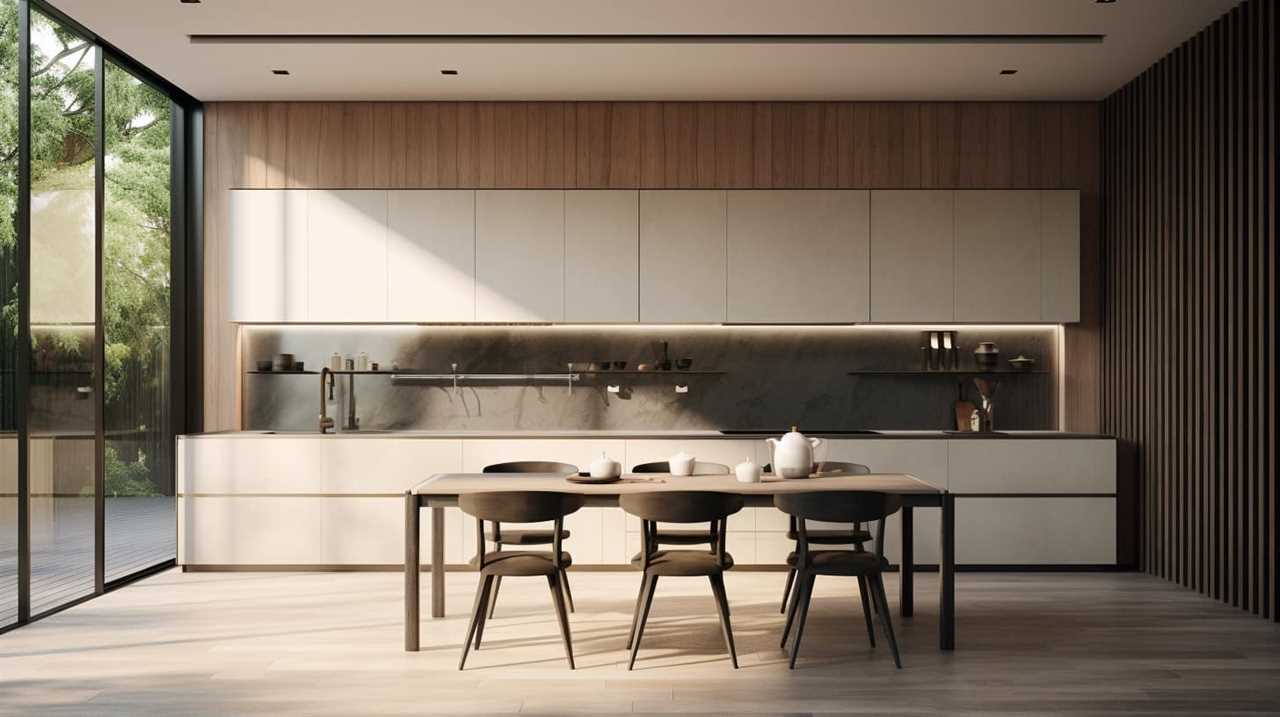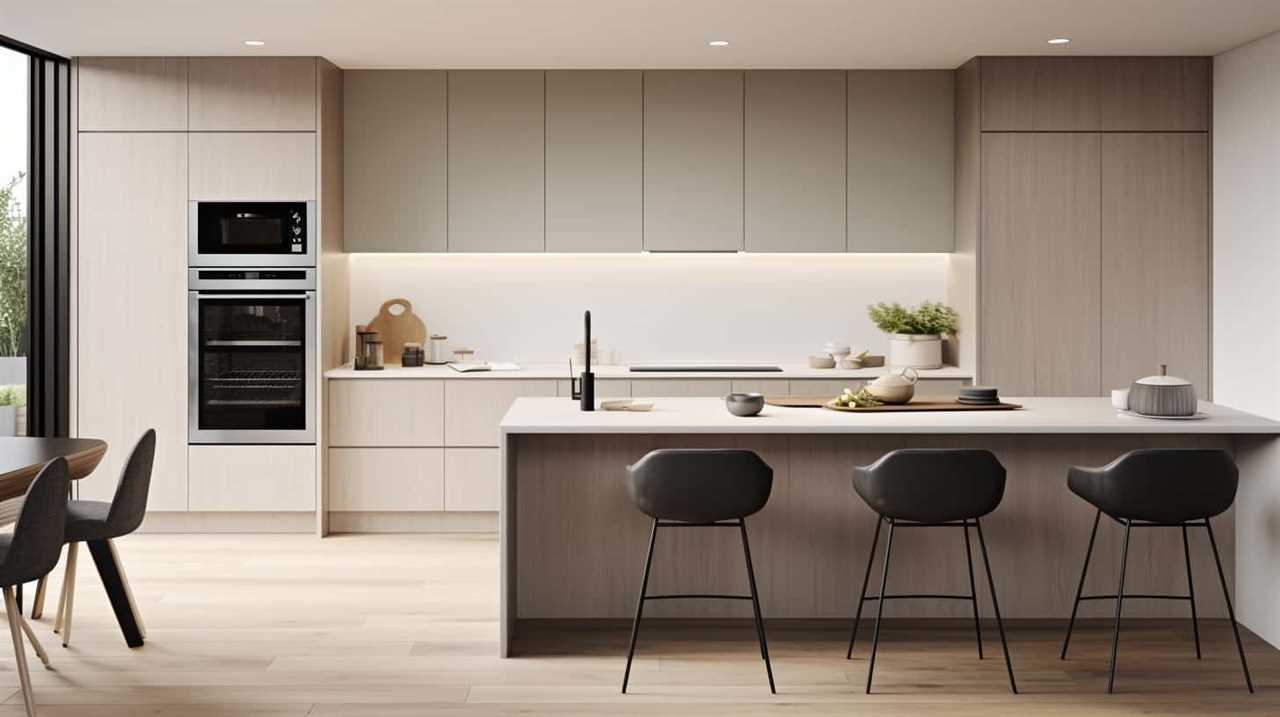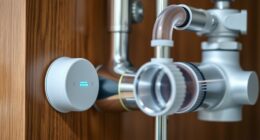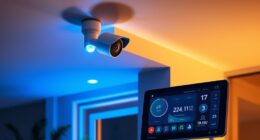Sleep apnea is a prevalent sleep disorder characterized by frequent pauses in breathing while asleep. It can result in various health problems, such as excessive daytime fatigue and a higher chance of developing heart disease.
Oral appliances are a non-invasive treatment option for sleep apnea, designed to keep the airway open during sleep. This introduction aims to provide a comprehensive understanding of oral appliances for sleep apnea, catering to an audience seeking mastery in the subject.
We will explore the types of oral appliances available, how they work, the benefits they offer, and who can benefit from their use. Additionally, we will address common misconceptions, the importance of proper maintenance, potential side effects, and considerations regarding cost and insurance coverage.
Key Takeaways
- Oral appliances are a non-invasive and comfortable alternative to CPAP machines for treating sleep apnea.
- They reposition the jaw and tongue to keep the airway open during sleep, reducing breathing pauses and snoring.
- Oral appliances improve sleep quality, leading to increased energy levels, enhanced cognitive function, and improved overall health.
- While they are effective for mild to moderate sleep apnea, CPAP machines are considered the gold standard for moderate to severe cases.
What Is Sleep Apnea
Sleep apnea is a common sleep disorder characterized by recurrent pauses in breathing during sleep. These pauses, known as apneas, can last for a few seconds to several minutes and can occur multiple times throughout the night. The most common type of sleep apnea is obstructive sleep apnea, which is caused by a blockage or collapse of the airway during sleep. Other causes include central sleep apnea, which occurs when the brain fails to signal the muscles to breathe, and complex sleep apnea syndrome, which is a combination of both obstructive and central sleep apnea.

Symptoms of sleep apnea include loud snoring, excessive daytime sleepiness, morning headaches, irritability, and difficulty concentrating. Risk factors for sleep apnea include obesity, smoking, family history, and certain medical conditions such as hypertension and diabetes.
Treatment options for sleep apnea include lifestyle changes, such as weight loss and quitting smoking, as well as the use of continuous positive airway pressure (CPAP) therapy. Other treatment options include oral appliances, which are custom-made mouthpieces that help keep the airway open during sleep, and surgery in some cases. It is important to consult with a healthcare professional to determine the most appropriate treatment option for each individual.
Types of Oral Appliances
There are several types of oral appliances available for the treatment of sleep apnea. These appliances are designed to keep the airway open during sleep by repositioning the jaw or tongue. They are typically recommended for patients with mild to moderate obstructive sleep apnea who have not had success with other treatments or who prefer an alternative to continuous positive airway pressure (CPAP) therapy.
Here is a table comparing the mechanism of action and cost of three common types of oral appliances:

| Type of Oral Appliance | Mechanism of Action | Cost |
|---|---|---|
| Mandibular Advancement Device | Holds the lower jaw in a forward position to prevent the airway from collapsing | $400 – $2,000 |
| Tongue Retaining Device | Holds the tongue in a forward position to keep the airway open | $100 – $500 |
| Palatal Lifting Device | Lifts the soft palate to prevent it from blocking the airway | $200 – $800 |
It is important to consult with a healthcare professional to determine which type of oral appliance is most suitable for your specific needs and to discuss the potential benefits and drawbacks of each option.
How Do Oral Appliances Work
Oral appliances for sleep apnea work by repositioning the jaw and tongue to help keep the airway open during sleep.
This mechanism of action helps to reduce or eliminate the episodes of breathing pauses and snoring associated with sleep apnea.
While oral appliances have been found to be effective in treating sleep apnea, they may have potential side effects such as jaw discomfort or tooth movement.

Mechanism of Action
The mechanism of action for oral appliances used in the treatment of sleep apnea involves repositioning the lower jaw and tongue to maintain an open airway during sleep. By advancing the lower jaw, these appliances help to prevent the collapse of the throat muscles and tissues that can lead to obstructive sleep apnea. Additionally, some oral appliances also work by stabilizing the tongue, preventing it from falling back and blocking the airway.
To better understand the effectiveness of oral appliances, various measurements are used. One common measurement is the Apnea-Hypopnea Index (AHI), which measures the number of apneas (complete cessation of breathing) and hypopneas (partial blockage of the airway) that occur per hour of sleep. A lower AHI indicates a reduction in sleep apnea severity. Other measurements include oxygen saturation levels and the Epworth Sleepiness Scale, which assesses daytime sleepiness.
Treatment Effectiveness
One key aspect of assessing the effectiveness of oral appliances for sleep apnea is understanding how they function to alleviate symptoms. These appliances work by repositioning the jaw and tongue, which helps to prevent the airway from collapsing during sleep.
Here are five important points to consider regarding the treatment effectiveness of oral appliances:

- Customization: Oral appliances are individually fitted to ensure optimal effectiveness for each patient.
- Non-invasive: Unlike other treatment alternatives such as continuous positive airway pressure (CPAP) machines, oral appliances are non-invasive and comfortable to wear.
- High patient satisfaction: Many patients find oral appliances to be more tolerable and convenient compared to CPAP machines, leading to higher patient satisfaction.
- Improved sleep quality: By keeping the airway open, oral appliances can improve sleep quality by reducing the frequency and severity of apneas and hypopneas.
- Long-term effectiveness: Studies have shown that oral appliances can provide long-term relief from sleep apnea symptoms, making them a viable treatment option for patients.
Potential Side Effects
A potential side effect of using oral appliances for sleep apnea is the discomfort that some individuals may experience while wearing them. Oral appliances are custom-made devices that are worn in the mouth during sleep to help treat sleep apnea by keeping the airway open.
While these devices are generally well-tolerated, some patients may find them uncomfortable or experience temporary side effects. These side effects can include jaw pain, tooth discomfort, excessive salivation, and dry mouth.
It’s important to note that these side effects are usually mild and temporary, and they can often be managed with adjustments to the appliance or by using it for shorter periods of time until the patient becomes more accustomed to wearing it.
Patient compliance is crucial for the success of oral appliance therapy, and healthcare providers should address any concerns or discomfort that patients may have to ensure their long-term adherence to treatment.
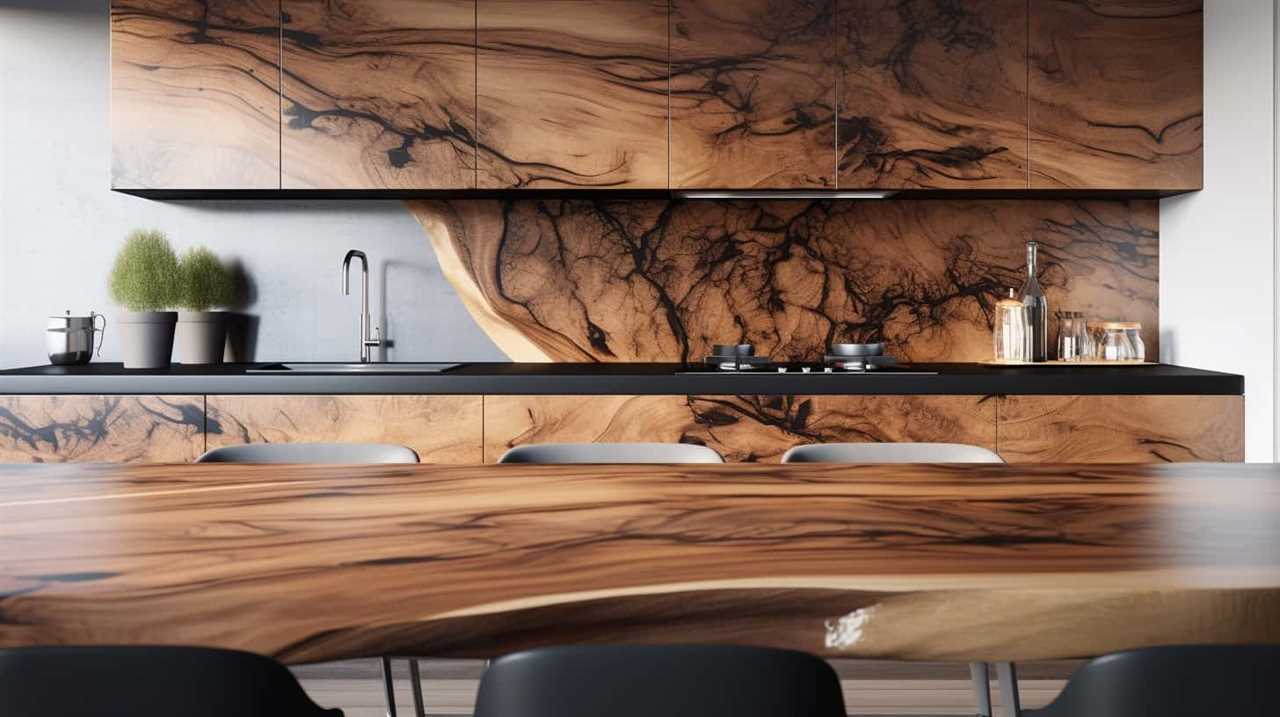
Benefits of Using Oral Appliances
Using oral appliances for sleep apnea has several benefits.
Firstly, these appliances can improve breathing during sleep by keeping the airway open, reducing or eliminating episodes of apnea and snoring.
Secondly, they offer increased comfort and convenience compared to other treatment options, such as continuous positive airway pressure (CPAP) machines.
Lastly, oral appliances are a non-invasive alternative treatment that can be effective for mild to moderate cases of sleep apnea, providing relief without the need for surgery or medication.

Improved Breathing During Sleep
The benefits of using oral appliances for sleep apnea include improved breathing during sleep. These devices are designed to keep the airway open and prevent it from collapsing or becoming blocked, allowing for better airflow and oxygenation.
Here are five key benefits of using oral appliances for sleep apnea:
- Improved sleep quality: By reducing the frequency and severity of sleep apnea episodes, oral appliances can help individuals achieve a more restful and uninterrupted sleep.
- Reduced snoring: Oral appliances can also help alleviate snoring, a common symptom of sleep apnea. By keeping the airway open, they minimize the vibrations that cause snoring sounds.
- Increased energy levels: With improved breathing during sleep, individuals using oral appliances may experience increased daytime energy and reduced daytime fatigue.
- Enhanced cognitive function: Better sleep quality can lead to improved cognitive function, including enhanced concentration, memory, and overall mental clarity.
- Improved overall health: By addressing sleep apnea and promoting better breathing, oral appliances can contribute to better cardiovascular health and a reduced risk of associated health conditions.
Using oral appliances can provide significant benefits for individuals with sleep apnea, leading to improved sleep quality, reduced snoring, increased energy levels, enhanced cognitive function, and improved overall health.
Increased Comfort and Convenience
Increased comfort and convenience are key advantages of utilizing oral appliances for the treatment of sleep apnea. These devices offer a more comfortable and convenient alternative to traditional treatment options, such as continuous positive airway pressure (CPAP) machines. Oral appliances are custom-made to fit the individual’s mouth, making them comfortable to wear while sleeping. They are also portable and easy to use, allowing individuals to travel and sleep in different locations without the need for bulky equipment. Moreover, oral appliances do not require electricity or constant maintenance, making them a hassle-free option for managing sleep apnea. By improving sleep quality and offering a convenient treatment option, oral appliances provide individuals with sleep apnea a practical and effective solution to their condition.
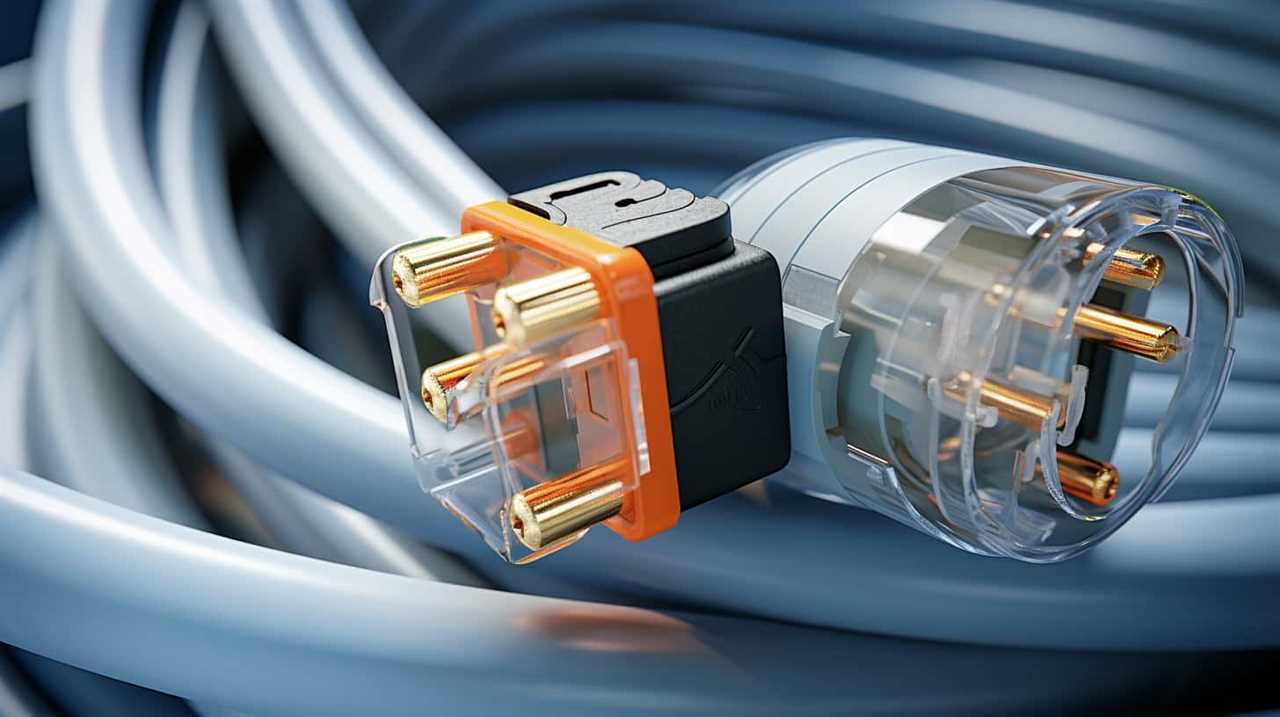
| Advantages of Oral Appliances for Sleep Apnea |
|---|
| Improved sleep quality |
| Comfortable and convenient |
| Portable and easy to use |
| No need for electricity or constant maintenance |
Non-Invasive Alternative Treatment
Oral appliances offer a non-invasive alternative for the treatment of sleep apnea, providing numerous benefits for individuals seeking a comfortable and convenient solution. These non-surgical treatments are an alternative therapy that can effectively manage sleep apnea symptoms.
Here are five key benefits of using oral appliances:
- Improved sleep quality: Oral appliances help keep the airway open during sleep, reducing or eliminating episodes of interrupted breathing and improving overall sleep quality.
- Increased daytime alertness: By effectively treating sleep apnea, oral appliances can help individuals feel more refreshed and alert during the day, leading to increased productivity and a better quality of life.
- Enhanced comfort: Unlike other treatment options, such as continuous positive airway pressure (CPAP) machines, oral appliances are comfortable and easy to wear, allowing for a more restful sleep experience.
- Portable and travel-friendly: Oral appliances are lightweight and portable, making them convenient for travel and allowing individuals to maintain their treatment regimen even when away from home.
- Non-invasive and reversible: Unlike surgical interventions, oral appliances are non-invasive and can be easily removed. This makes them a flexible and reversible treatment option.
With these benefits in mind, let’s explore who can benefit from using oral appliances for sleep apnea.
Who Can Use Oral Appliances
Patients with sleep apnea can benefit from the use of oral appliances. These devices are designed to keep the airway open during sleep, reducing the frequency and severity of apnea episodes. However, not everyone with sleep apnea is a candidate for oral appliance therapy. Qualification for the use of oral appliances depends on several factors, including the severity of sleep apnea, the presence of other medical conditions, and the individual’s ability to tolerate wearing the device. Age restrictions may also apply, as the use of oral appliances in children and adolescents may require additional considerations.

Below is a table summarizing the general guidelines for who can use oral appliances:
| Qualification Criteria | Age Restrictions |
|---|---|
| Mild to moderate sleep apnea | No age restrictions |
| Severe sleep apnea | No age restrictions, but may not be as effective |
| Presence of other medical conditions | No age restrictions, but additional considerations may apply |
| Ability to tolerate wearing the device | No age restrictions, but compliance may vary |
| Children and adolescents | Additional considerations and specialized appliances may be required |
It is important for individuals with sleep apnea to consult with a healthcare professional to determine if oral appliance therapy is suitable for their specific condition.
The Process of Getting Oral Appliances
The process of getting oral appliances for sleep apnea involves several important steps.
First, the benefits of oral appliances should be discussed with a healthcare professional to determine if they are the right treatment option.

Once the decision is made, the fitting and adjustments of the appliance will be done to ensure proper fit and effectiveness.
Lastly, it is important to consider the long-term effectiveness of the oral appliance and make any necessary adjustments or replacements as needed.
Benefits of Oral Appliances
One of the key advantages of using oral appliances for sleep apnea is the streamlined and efficient process of obtaining these devices. Here are five benefits of oral appliances for sleep apnea:
- Improved sleep quality: Oral appliances help to keep your airway open during sleep, reducing the number of times you wake up during the night, leading to improved sleep quality.
- Reduced snoring: Oral appliances can effectively reduce snoring by keeping the airway open and preventing the vibration of tissues in the throat that causes snoring.
- Non-invasive: Unlike other treatment options, such as surgery, oral appliances are non-invasive and do not require any surgery or extensive medical procedures.
- Customized fit: Oral appliances are custom-made to fit your mouth, ensuring maximum comfort and effectiveness.
- Easy to use: Oral appliances are simple to use and require minimal maintenance, making them a convenient treatment option for sleep apnea.
With these benefits, oral appliances offer a convenient and effective solution for managing sleep apnea.

Now, let’s move on to the next section about the fitting and adjustments of these devices.
Fitting and Adjustments
To obtain oral appliances for sleep apnea, individuals undergo a fitting and adjustment process. This involves working closely with a dentist or sleep specialist to ensure a proper fit and maximum effectiveness of the device. Fitting techniques used may include taking impressions of the patient’s teeth, which are then used to create a custom-made oral appliance.
The dentist or sleep specialist will also make necessary adjustments to ensure the device is comfortable and does not cause any pain or irritation. These adjustments may involve modifying the size or shape of the appliance, as well as testing different positions to optimize its effectiveness.
It is important for patients to communicate any discomfort or concerns during the fitting and adjustment process, as this will help the healthcare professional make the necessary modifications for a successful treatment outcome.

Long-Term Effectiveness
During the long-term effectiveness of oral appliances for sleep apnea, patients can expect a comprehensive process that involves regular follow-ups and adjustments to ensure optimal treatment outcomes. This process aims to address any issues that may arise and ensure the patient’s comfort and satisfaction.
Here are five key aspects of the long-term effectiveness of oral appliances for sleep apnea:
- Regular follow-ups: Patients will have periodic appointments with their healthcare provider to assess the effectiveness of the oral appliance and make any necessary adjustments.
- Monitoring of symptoms: Healthcare providers will closely monitor the patient’s sleep apnea symptoms to evaluate the effectiveness of the oral appliance in reducing or eliminating them.
- Cost effectiveness: Oral appliances can provide a cost-effective alternative to other sleep apnea treatments, such as continuous positive airway pressure (CPAP) machines.
- Patient satisfaction: The long-term effectiveness of oral appliances is often measured by the patient’s satisfaction with the treatment and improvement in their quality of life.
- Treatment adjustments: Over time, adjustments may be made to the oral appliance to ensure it continues to effectively treat the patient’s sleep apnea.
Oral Appliances Vs. CPAP Machines
When comparing oral appliances to CPAP machines, there are distinct differences in their mechanisms of action and effectiveness for treating sleep apnea.
Oral appliances, such as mandibular advancement devices, work by repositioning the lower jaw and tongue to keep the airway open during sleep. They are considered effective for mild to moderate sleep apnea cases, with success rates ranging from 50% to 70%.
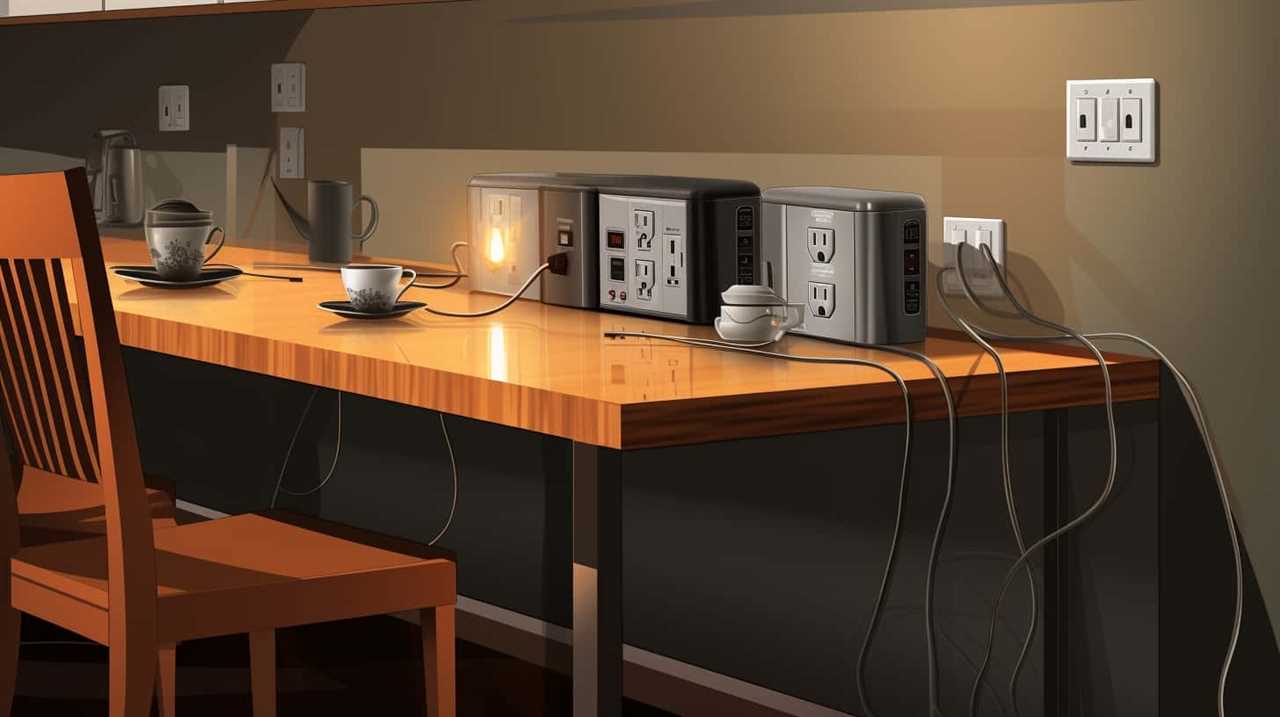
On the other hand, CPAP machines use continuous positive airway pressure to deliver a constant flow of air into the airway, preventing it from collapsing. CPAP is generally more effective than oral appliances and is considered the gold standard treatment for moderate to severe sleep apnea. It has success rates of over 90%.
However, it is important to note that each treatment option has its own advantages and disadvantages, and the choice between oral appliances and CPAP machines should be made based on individual preferences and circumstances.
Common Misconceptions About Oral Appliances
Commonly, misconceptions about oral appliances for sleep apnea arise due to a lack of awareness and understanding among patients and healthcare professionals alike. To address these misconceptions, it is important to clarify the following points:
- Oral appliances are not a cure for sleep apnea, but rather a treatment option that helps alleviate symptoms.
- Contrary to popular belief, oral appliances are not uncomfortable or bulky to wear. They are custom-made to fit comfortably in the mouth.
- Some may worry about the effectiveness of oral appliances compared to CPAP machines, but studies have shown that both treatments are equally effective in managing sleep apnea.
- It is a misconception that oral appliances are only suitable for mild cases of sleep apnea. They can be used for moderate to severe cases as well, depending on the individual’s needs.
- Finally, it is important to note that oral appliances do have some drawbacks, such as potential jaw discomfort or changes in bite alignment. However, these issues can usually be addressed with proper adjustment and monitoring.
Understanding these misconceptions and drawbacks is crucial for making informed decisions about the use of oral appliances for sleep apnea.

In the next section, we will discuss maintenance and care for oral appliances.
Maintenance and Care for Oral Appliances
Proper maintenance and care of oral appliances are essential to ensure their effectiveness in treating sleep apnea and to prolong their lifespan. Here are some maintenance tips and cleaning instructions to follow:
- Clean daily: Regularly clean your oral appliance using a toothbrush and non-abrasive toothpaste or denture cleaner. Rinse thoroughly to remove any residue.
- Handle with care: Always handle your oral appliance with clean hands to prevent contamination. Avoid dropping or mishandling the appliance to prevent damage.
- Store properly: When not in use, store your oral appliance in a clean, dry container or case provided by your dentist. This will protect it from dust, bacteria, and damage.
- Regular check-ups: Visit your dentist regularly for check-ups and adjustments if needed. They can ensure that your oral appliance continues to fit correctly and address any issues that may arise.
Potential Side Effects of Oral Appliances
The use of oral appliances to treat sleep apnea can have potential side effects that should be considered. While these devices can be effective in improving breathing during sleep, they may also present some risks. It is important to weigh the benefits against these potential risks before deciding on the best treatment option.
Some of the possible side effects of oral appliances for sleep apnea include:

- Temporomandibular joint (TMJ) discomfort or pain
- Excessive salivation or dry mouth
- Tooth discomfort or changes in bite alignment
- Speech difficulties or changes in tongue position
- Gastrointestinal issues, such as excessive swallowing or acid reflux
It is essential to consult with a healthcare professional to discuss these potential side effects and determine if oral appliances are the best treatment option for sleep apnea. They can also provide information on alternative treatments that may be better suited to individual needs.
Cost and Insurance Coverage for Oral Appliances
Many individuals may face challenges when it comes to the cost and insurance coverage for oral appliances used in the treatment of sleep apnea. The cost of oral appliances for sleep apnea can vary depending on various factors such as the type of appliance, the complexity of the case, and the geographical location. On average, the cost of these appliances ranges from $1,800 to $2,500.
Insurance coverage for oral appliances also varies depending on the insurance provider and the specific policy. Some insurance policies may cover a portion of the cost, while others may cover the entire cost of the appliance. It is important for individuals to check with their insurance provider to determine the extent of coverage for oral appliances for sleep apnea.
Here is a table that provides an overview of the cost and insurance coverage for oral appliances:

| Type of Appliance | Average Cost | Insurance Coverage |
|---|---|---|
| Mandibular Advancement Device | $1,800 – $2,500 | Varies by policy |
| Tongue Retaining Device | $1,800 – $2,500 | Varies by policy |
| Combination Therapy Device | $1,800 – $2,500 | Varies by policy |
| Palatal Lift Device | $1,800 – $2,500 | Varies by policy |
It is important to note that insurance coverage for oral appliances for sleep apnea may require documentation of a diagnosis, prescription, and evidence of treatment failure with other methods. Individuals are advised to consult with their healthcare provider and insurance company to understand the specific requirements and coverage options available to them.
Frequently Asked Questions
Are Oral Appliances the Only Treatment Option for Sleep Apnea?
There are alternative treatments available for sleep apnea, but oral appliances are one of the commonly used options. The effectiveness of oral appliances in treating sleep apnea has been well-documented, making them a viable treatment option.
Can I Use an Oral Appliance if I Have Severe Sleep Apnea?
Oral appliances can be used for severe sleep apnea, but their effectiveness may vary. It is important to explore alternative treatments, such as continuous positive airway pressure (CPAP) therapy, to ensure the best management of the condition.
Can Oral Appliances Be Used for Children With Sleep Apnea?
Oral appliances for sleep apnea in children are a treatment option that can be effective in managing pediatric sleep apnea. These devices are designed to help open the airway and improve breathing during sleep.

How Often Should Oral Appliances Be Replaced?
The replacement frequency of oral appliances for sleep apnea varies depending on factors such as wear and tear, changes in the patient’s condition, and the type of appliance used. It is important to consult with a healthcare professional for personalized advice. Alternative treatments may also be considered.
Is There a Specific Brand or Type of Oral Appliance That Is Considered the Most Effective?
When it comes to oral appliances for sleep apnea, there are various brands and types available. While there is no specific brand or type that is universally considered the most effective, some popular brands have been shown to be effective in managing sleep apnea. The effectiveness of different types of oral appliances may vary depending on individual needs and preferences.
Conclusion
In conclusion, oral appliances are a non-invasive and effective treatment option for sleep apnea. They work by repositioning the jaw and tongue to keep the airway open during sleep.
Oral appliances offer several benefits, such as improved sleep quality and reduced snoring. While some may have concerns about potential side effects or the cost of these devices, they are generally well-tolerated and can be covered by insurance.
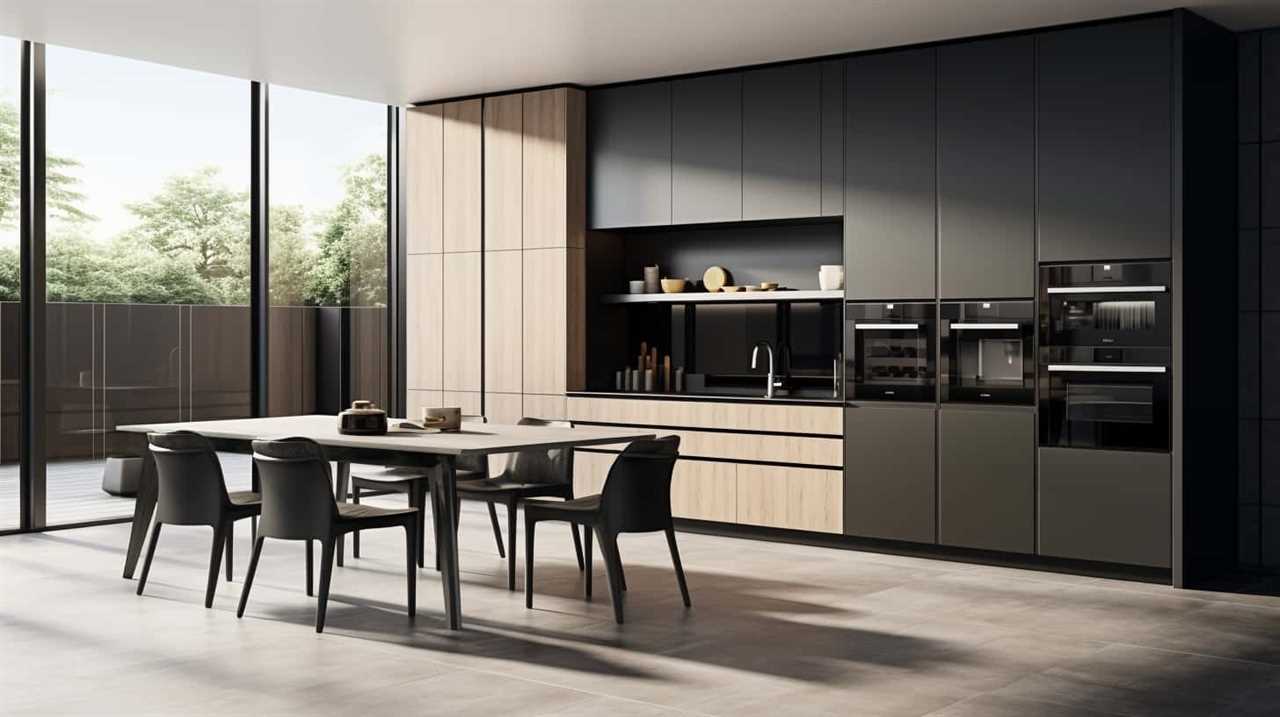
Overall, oral appliances provide a valuable alternative for individuals seeking relief from sleep apnea.



